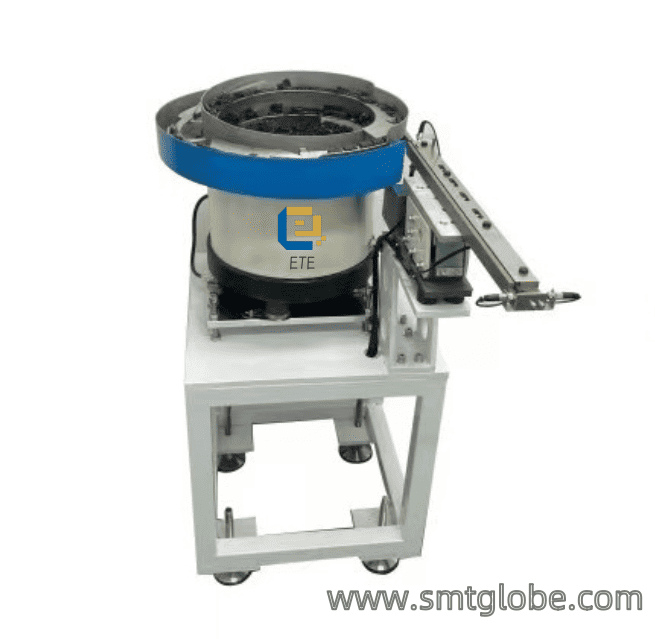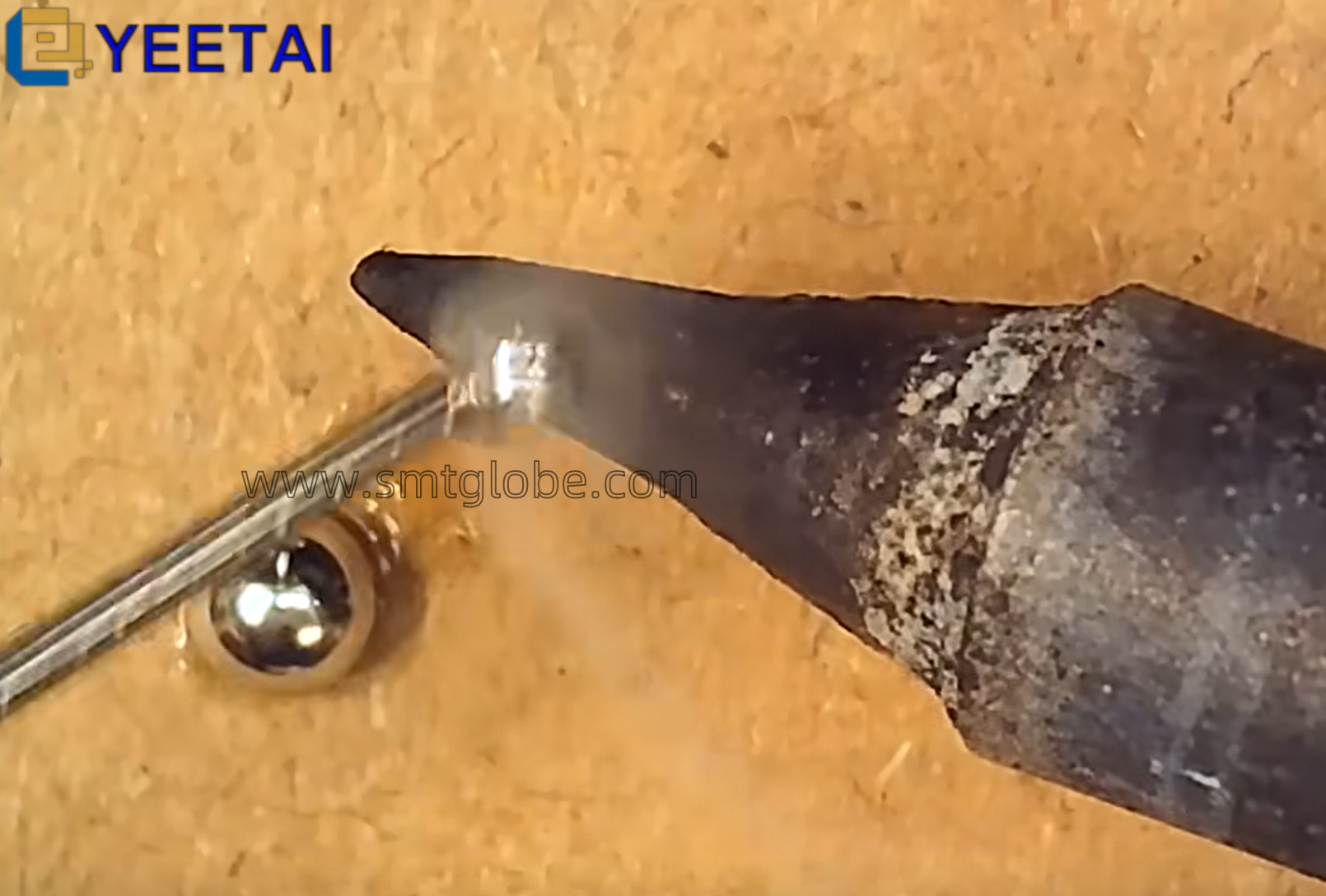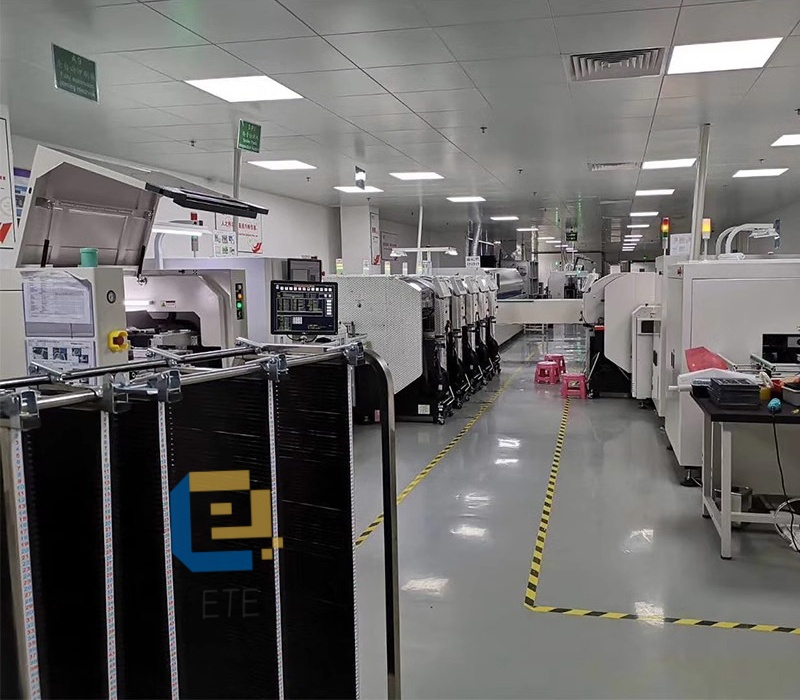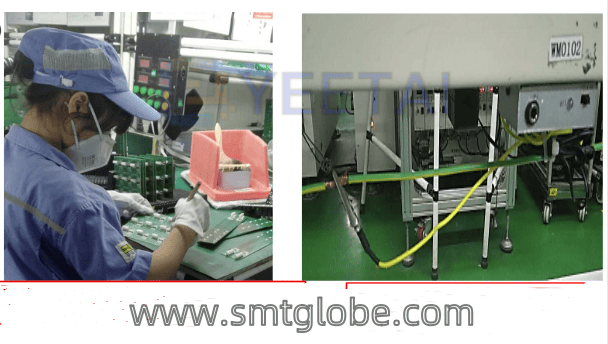Bowl feeders, also known as vibrating bowl feeders, are essential components in automated manufacturing processes, particularly in assembling operations like those found in plug-in machines. Designed for dual material handling with a single bowl, these feeders ensure efficient and precise material feeding. In this article, we’ll delve into the structure and functions of bowl feeders, providing insight into how they optimize production lines.

Structure of Bowl Feeders
The bowl feeder consists of several key components that work together seamlessly:
- Vibrating Bowl: The main part of the feeder, the bowl’s size is determined by the dimensions of the materials being handled. This bowl is capable of continuous material feeding without the need for stopping.
- Feeding Tracks: Featuring a dual-track system, the feeding tracks are designed to transport two different types of materials simultaneously. This dual functionality enhances productivity and meets diverse feeding requirements.
- Linear Vibration Mechanism: This component generates the necessary vibrations to facilitate material movement along the bowl and feeding tracks.
- Hopper: A hopper is often included to store bulk materials before they enter the vibrating bowl.
- Optical Sensors: These sensors detect the presence or absence of materials at the pick-up point, signaling the PLC (Programmable Logic Controller) or microcontroller to control the vibration mechanism accordingly.
- Control Panel: Located on the feeder, the control panel allows operators to adjust settings and monitor performance.
- Three-Color Indicator Lights: These lights provide visual feedback on the operational status of the feeder.
- Frame: The entire assembly is mounted on a sturdy frame that supports operation without vibration interference.
Functionality of Bowl Feeders
Bowl feeders offer numerous functionalities that significantly enhance automated production processes:
- Easy Material Loading: Operators can load materials directly onto the vibrating bowl without halting the machine. This continuous feeding process prevents production line downtime.
- Material Detection:
- The feeder is equipped with sensors that detect when materials reach the pick-up area, triggering an optical signal that the PLC or microcontroller can receive to control the linear vibration’s operation.
- Additionally, when the feeding tracks are full, the sensors will signal the feeder to stop, optimizing material management.
- Simplified Integration: The communication ports and air intake ports of the feeder are easily accessible. Once the feeder is secured, connecting a 15-pin connector and air hose to the main machine is all that’s needed, followed by connecting the power supply for operation.
- Material Separation: Due to the differing lengths of materials being handled, the feeder effectively sorts materials. When entering the tracks, the feeder ensures that mismatched lengths are expelled, maintaining efficiency and precision in material handling.
Conclusion
Bowl feeders are indispensable in modern manufacturing, particularly for operations that require the simultaneous handling of different materials. Their robust structure, combined with advanced functionality, enables seamless integration into production lines, minimizing downtime and maximizing efficiency. As industries continue to evolve towards automation, the role of bowl feeders will undoubtedly become increasingly vital.
At YEETAI, we produce all kinds of feeder to upgrade SMT machines.



